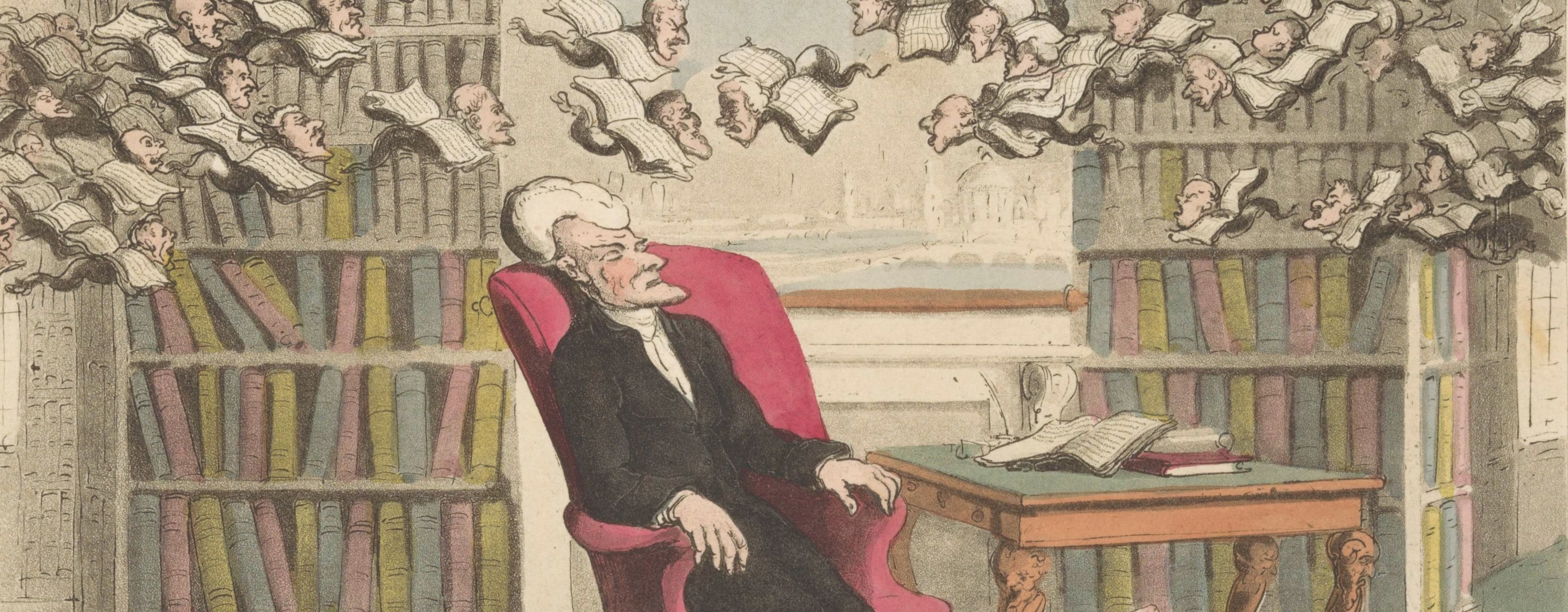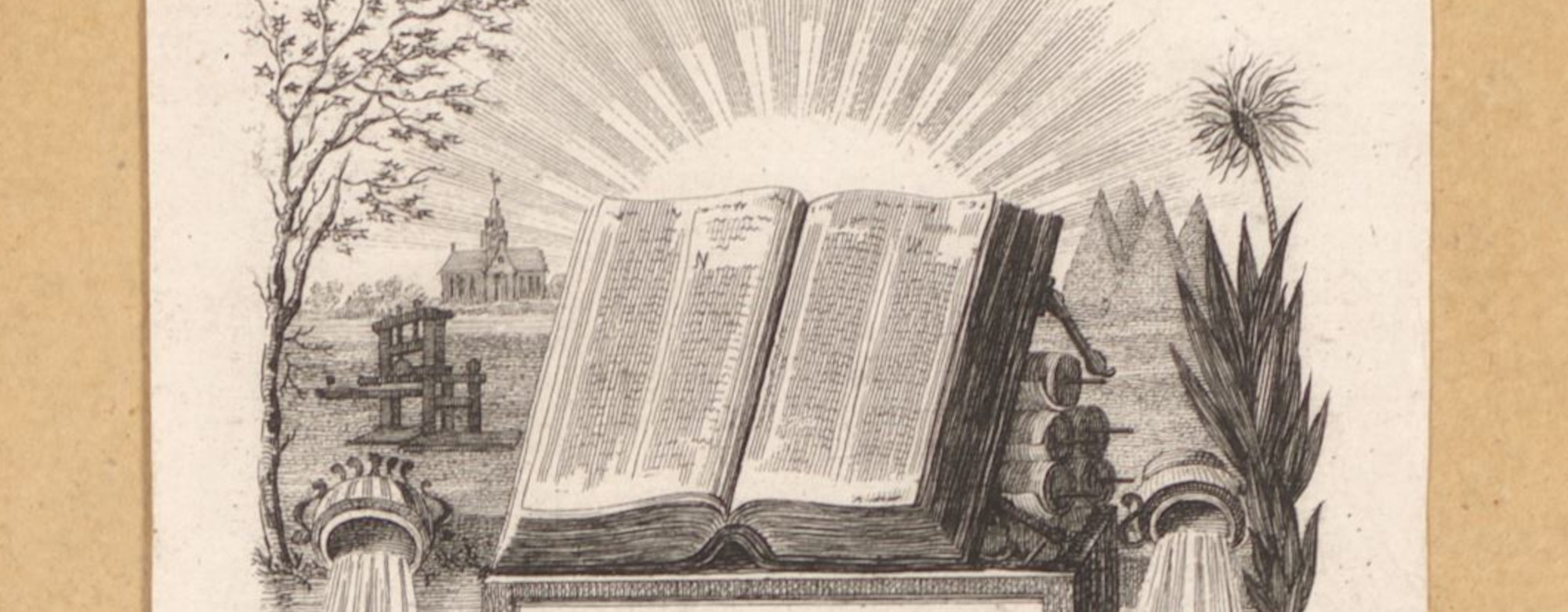Article 14 – Works of visual art in the public domain – is one of the very few unambiguously good provisions of the new EU copyright directive. The article is intended to ensure that (digital) reproductions of public domain works cannot be protected by exclusive rights, and as a result, taken out of the public domain. This legislative intervention comes in response to the relatively widespread practice of museums in claiming exclusive rights of digital reproductions of public domain works that they have in their collections and which they make available to the public. In practice this has already led to Spanish Museums claiming copyright over paintings by Dutch masters who have been dead for 350 years, and German museums suing Wikipedia for hosting reproductions of public domain works as part of Wikimedia Commons.
What is in the public domain in analogue form is [not always] in the public domain in digital form
While at first glance it seems counterintuitive that a museum should be able to control the rights for artworks of long dead artists, such claims do have a basis in existing law. In general, for a work to be protected under copyright it needs to show “the author’s own intellectual creation.” However, there is another category of copyright-like rights (also called “related rights”) that exist in a number of EU Member States. These related rights schemes grant exclusive rights to the creators of photographic works that do not meet the originality criterion necessary to receive copyright protection (See this 2015 study by Thomas Margoni for more details). Related rights arise even when a reproduction is nothing more than an exact photographic copy of a work. Where copyright protects original artworks, these related rights protect simple copies.
As museums have started to make works in their collections available online, the practice of relying on related rights to restrict the re-use of non-original reproductions of public domain works has become controversial. Both the Public Domain Manifesto and the Europeana Public Domain Charter demanded that what is in the public domain in analogue form must stay in the public domain in digital form (as does our own policy recommendation #5). While the overall majority of museums have always acted in the spirit of expanding the public domain, and have made reproductions of public domain works available without any restrictions on re-use, a small number of museums from Member States that allow the protection of non-original reproductions of public domain works continue to claim rights over such reproductions.
Implementing Article 14
Article 14 of the Directive on Copyright in the Digital Single Market has been designed to end this practice and to ensure that reproductions of public domain works can be freely re-used in all EU Member states. It requires Member States to
… provide that, when the term of protection of a work of visual art has expired, any material resulting from an act of reproduction of that work is not subject to copyright or related rights, unless the material resulting from that act of reproduction is original in the sense that it is the author’s own intellectual creation.
Those EU and EEA Member States and that currently permit the protection of non-original reproductions (Austria, Germany, Italy, Spain, Denmark, Sweden, Finland, Iceland, and Norway) now have until June 2021 to ensure that their national laws comply with this change. Implementing Article 14 will mean that Member States need to either remove or to limit existing provisions on related rights in their national copyright laws. How exactly they will achieve this will vary from Member State to Member State. It may be a relatively straightforward operation, but there are a number of issues that require special attention.
First and most important, Member States must realize that Article 14 is a minimum harmonization measure, and that they are in a position to make changes to their laws that go further than what is required by the DSM directive: While the scope of Article 14 is limited to “works of visual art” and to such works for which “the term of protection has expired”, Member States would be well-advised exclude all non-original reproductions of copyrighted works from eligibility for any form of related rights protection. This would provide increased legal clarity as it would remove the need to find an unambiguous definition of the “visual arts.” Also, it would avoid the need to introduce complicated rules regarding the application in time, such as what happens to related rights that were created before the term of protection of the underlying work expired.
Second, most of the discussions on Article 14 has focused on two-dimensional reproductions of two-dimensional works, such as digital reproductions of paintings. But it’s important to realize that the language of Article 14 also includes three-dimensional reproductions of three-dimensional works, such as 3D models of sculptures created via 3D scans or similar technologies. In implementing Article 14, Member States must ensure that three-dimensional reproductions of three-dimensional works are also excluded from related rights protections. (It should be noted that two-dimensional reproductions of three-dimensional works, such as digital photographs of sculptures, will continue to be protected under copyright as these works are generally considered to meet the standard of originality required for copyright protection to arise.)
Finally, Member States should also ensure that the intent of Article 14 is clearly communicated by the updated national legislation. Any legislative changes must clearly rebuke any claims that making high-quality reproductions of copyrighted works qualifies for copyright protection. When implementing Article 14 lawmakers should enshrine the fundamental principle that mere copies of existing artworks should not be subject to copyright or related rights.
More questions? Get in touch
During the implementation period of the Directive on Copyright in the Digital Single Market we are offering support to activists and other civil society stakeholders working on national implementations that maximize user rights, ensure maximum access to knowledge and culture, and protect the public domain. If you have additional questions or want to contribute to these efforts, please feel free to get in touch with us via info@communia-association.org or on Twitter @communia_eu.

